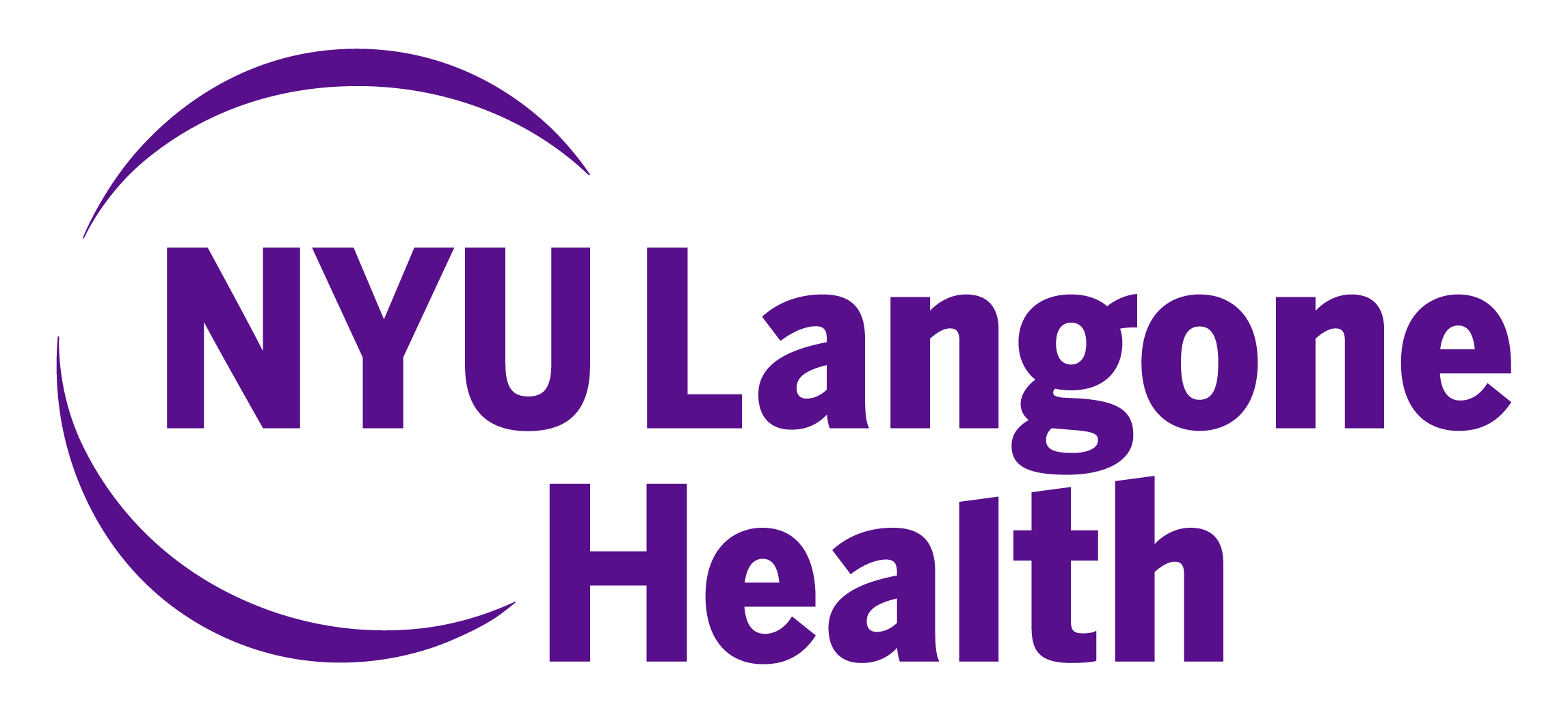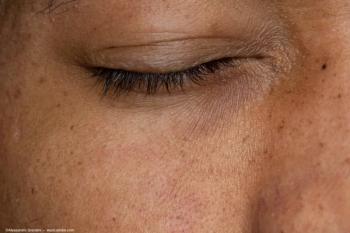
The Residency Report: Clinical insights from the iStent infinite trial

A conversation with David S. Friedman, MD, PhD, on treating uncontrolled open-angle glaucoma in patients with limited options
For this next installment of The Residency Report—our ongoing series between the NYU Grossman School of Medicine Department of Ophthalmology and Ophthalmology Times—we sit down with David S. Friedman, MD, PhD, the current director of the glaucoma service at the Massachusetts Eye and Ear Infirmary, to discuss cutting-edge research and developments in minimally invasive glaucoma surgery (MIGS).
In the past decade, developments in MIGS have revolutionized the management of glaucoma. MIGS are generally characterized as relatively low-risk surgeries with short recovery times. Often, they augment the natural outflow system that drains eye pressure.1,2
In 2019, the iStent inject study group published their pivotal results on the safety and effectiveness of the iStent inject Trabecular Micro-Bypass System in combination with cataract surgery for patients with mild to moderate open-angle glaucoma (OAG).3 At 2-year follow-up, the treatment group achieved greater IOP reduction compared with the control group.
In 2023, Sarkisian et al4 published “Effectiveness and Safety of iStent infinite Trabecular Micro-Bypass for Uncontrolled Glaucoma.” This was a prospective, multicenter, single-arm trial including 72 eyes from 72 subjects with uncontrolled OAG who underwent a standalone iStent infinite procedure (no combination with cataract surgery), during which 3 iStents were implanted. The study included 2 subgroups: eyes that had failed prior incisional or cilioablative surgeries, and eyes that were on maximum tolerated medical therapy (MTMT).
The primary effectiveness end points were:
- The proportion of subjects achieving a 20% or greater reduction in mean diurnal IOP (MDIOP) from baseline at postoperative month 12.
- The mean reduction in MDIOP from baseline to postoperative month 12.
Seventy-six percent of patients achieved a 20% or greater reduction in MDIOP at 12 months. The subgroup previously treated with MTMT experienced a mean reduction of 8.1 mmHg, and those who had failed prior surgical interventions had a reduction of 5.5 mmHg. Fifty-three percent of subjects maintained the same or fewer medications as at baseline and achieved a 30% or greater reduction in MDIOP without requiring further surgical interventions.
This trial offers insights into the treatment of glaucoma with MIGS for patients with uncontrolled disease. In future studies, it will be important to analyze long-term outcomes of MIGS in patients with all severities of glaucoma.
Sachi Patil, MD
E: [email protected]
Patil is a resident physician with the Department of Ophthalmology at NYU Grossman School of Medicine in New York, New York.
David S. Friedman, MD, PhD
E: [email protected]
Friedman is the Edith Ives Cogan Professor of Ophthalmology and Director, Glaucoma Services with Massachusetts Eye and Ear at Harvard Medical School in Boston.
Ariana Levin, MD
E: [email protected]
Levin is an assistant professor and a glaucoma specialist with the Department of Ophthalmology at NYU Grossman School of Medicine in New York, New York.
References
Bicket AK, Le JT, Azuara-Blanco A, et al. Minimally invasive glaucoma surgical techniques for open-angle glaucoma: an overview of Cochrane systematic reviews and network meta-analysis. JAMA Ophthalmol. 2021;139(9):983-989. doi:10.1001/jamaophthalmol.2021.2351
Brandão LM, Grieshaber MC. Update on minimally invasive glaucoma surgery (MIGS) and new implants. J Ophthalmol. 2013;2013:705915. doi:10.1155/2013/705915
Samuelson TW, Sarkisian SR Jr, Lubeck DM, et al. Prospective, randomized, controlled pivotal trial of an ab interno implanted trabecular micro-bypass in primary open-angle glaucoma and cataract: two-year results. Ophthalmology. 2019;126(6):811-821. doi:10.1016/j.ophtha.2019.03.006
Sarkisian SR Jr, Grover DS, Gallardo MJ, et al. Effectiveness and safety of iStent infinite trabecular micro-bypass for uncontrolled glaucoma. J Glaucoma. 2023;32(1):9-18. doi:10.1097/IJG.0000000000002141
Newsletter
Don’t miss out—get Ophthalmology Times updates on the latest clinical advancements and expert interviews, straight to your inbox.


















































.png)


